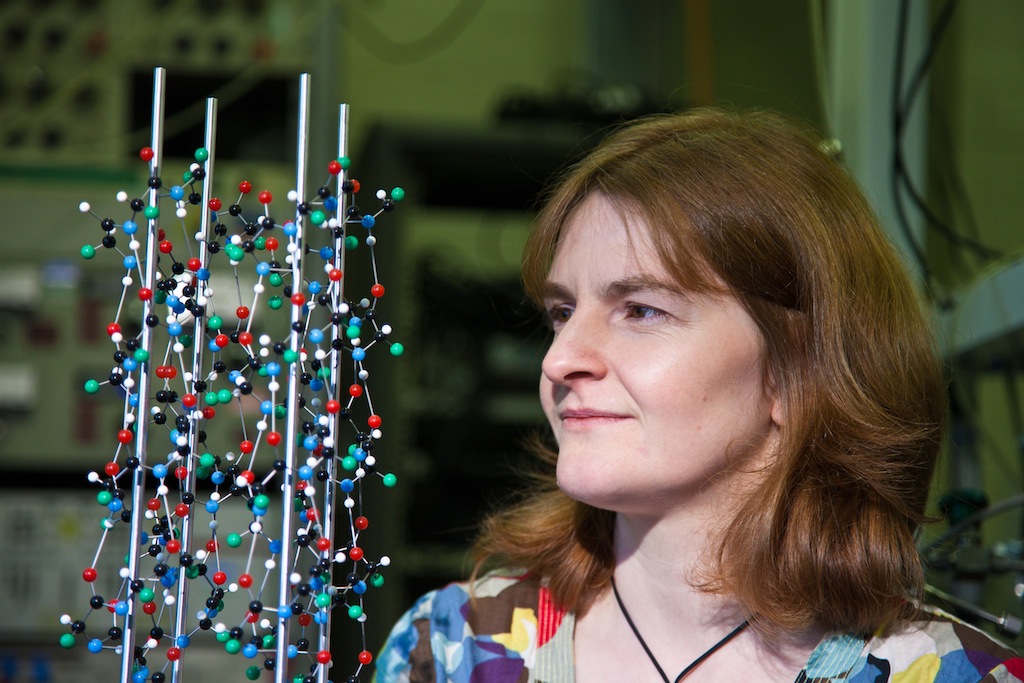Parallelisation of the adaptive kinetic Monte Carlo code, DL_AKMC
DL_AKMC is a universally applicable adaptive kinetic Monte Carlo (aKMC) program developed by David S.D. Gunn and John A. Purton at STFC Daresbury laboratory, and is of use to a wide variety of disciplines. Kinetic Monte Carlo (KMC) techniques are typically used to access long simulation timescales (up to the order of seconds). KMC constructs a list of possible system transition events (such as oxygen diffusion) and a move is made on every iteration of the KMC loop. The list of events can either be created prior to the simulation or calculated on the fly. The latter approach is employed since not all the events and defect configurations can be determined prior to the KMC simulation. Unfortunately, this makes the simulation more demanding since it is necessary to reliably determine possible events and the activation energies of these events, and the time required to calculate these is significant. DL_AKMC includes methodology which has been developed to examine diffusion of ionic materials over a few milliseconds in systems containing a few thousand ions (the overall simulation time is naturally system dependent). DL_AKMC was originally serial, and calculated the saddle points and activation energies sequentially. Under this dCSE project, DL_AKMC was parallelised so that it can make use of the multicore architecture on HECToR and other HPC systems during the force/energy calculations.
DL_AKMC is applicable to many different areas of science. For example - the modelling of oxide ion diffusion and consequent ionic conductivity in fuel cell materials; investigating surface diffusion on ice mantles; determining healing timescales of materials damaged by radiation. The program is flexible and new methods for the calculation of activation energies can easily be incorporated and/or alternate methods for the calculation of the energies of the ions.
The main achievements of the project are:
- The energy and force calculations have been parallelised using OpenMP and MPI.
- A task-farm framework has been incorporated into the code to increase the efficiency of saddle-point evaluation.
- A confidence limit in the number of saddle points found has been included.
- Tersoff and Embedded atom (EAM) potentials have been added to increase the efficiency of the kinetic Monte Carlo algorithm, and to make the code relevant for a wide selection of materials and systems.
Please see PDF or HTML for a report which summarises this project.
